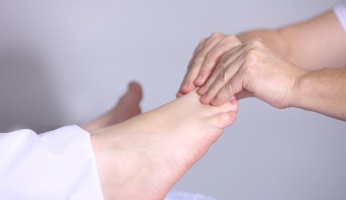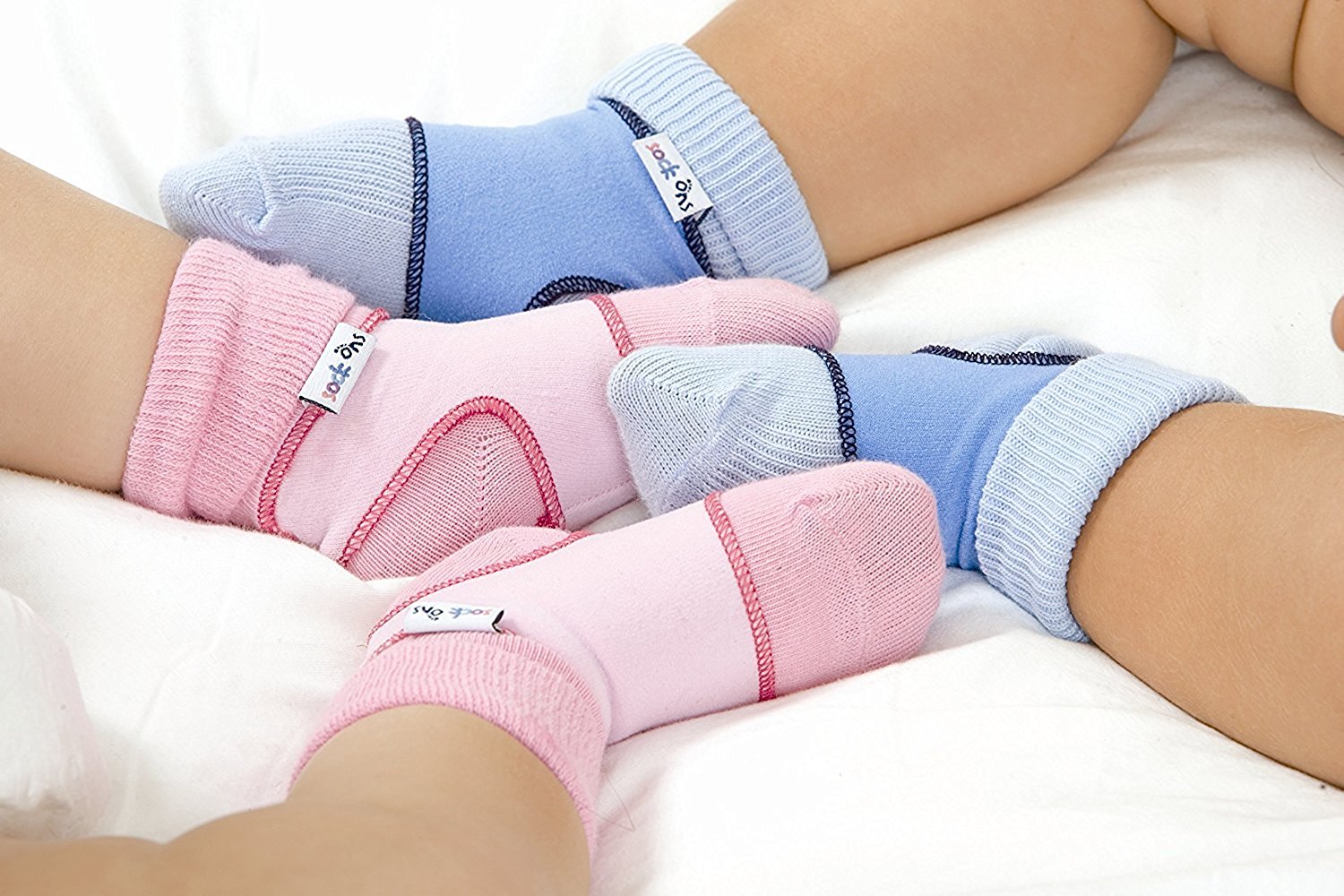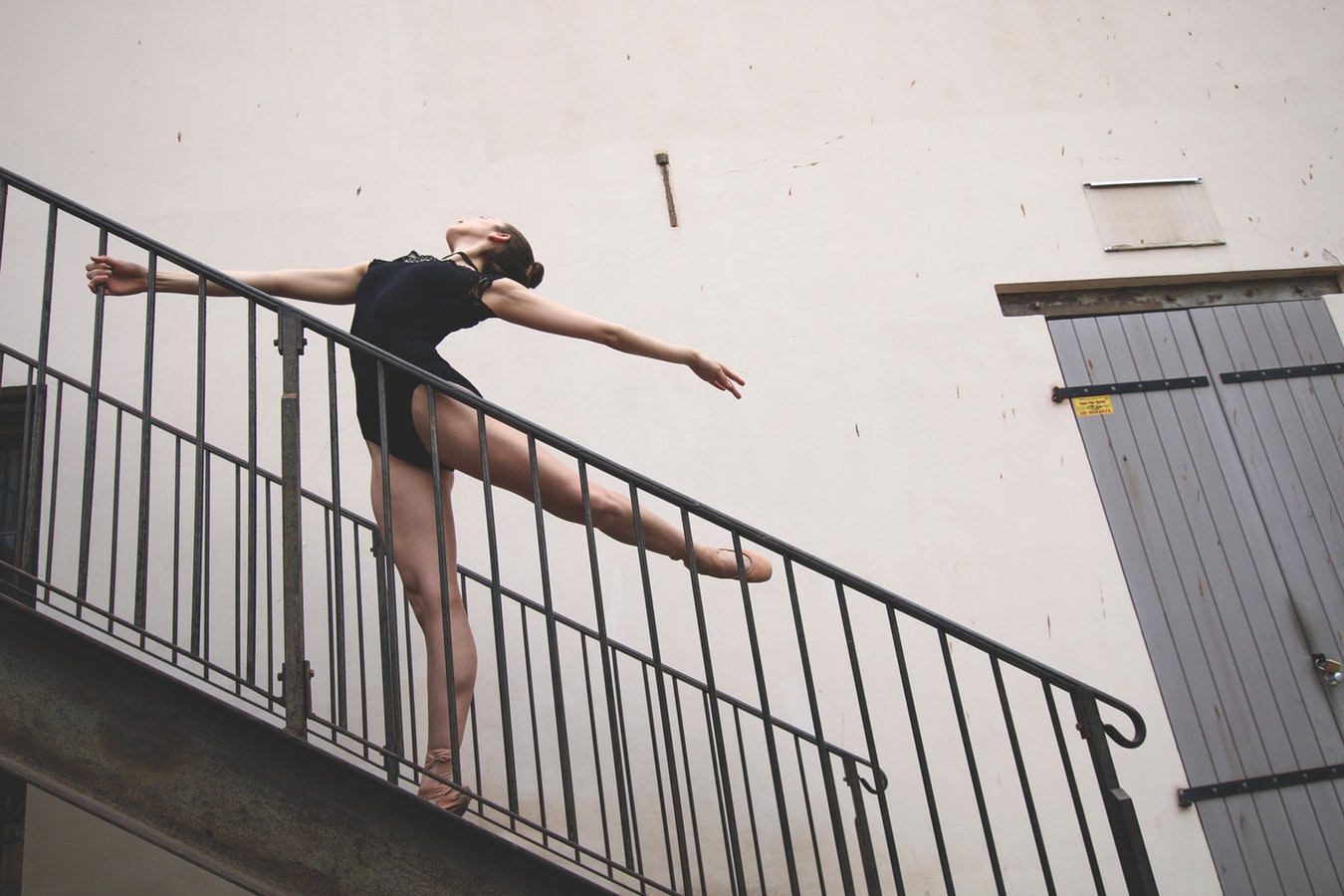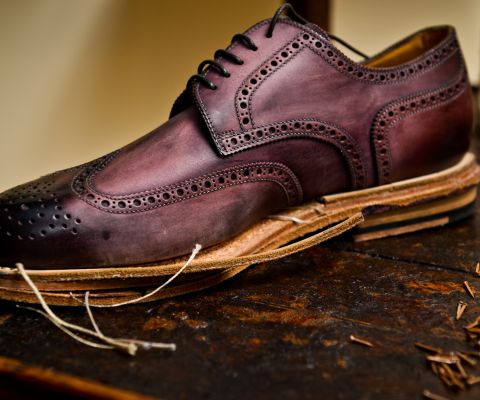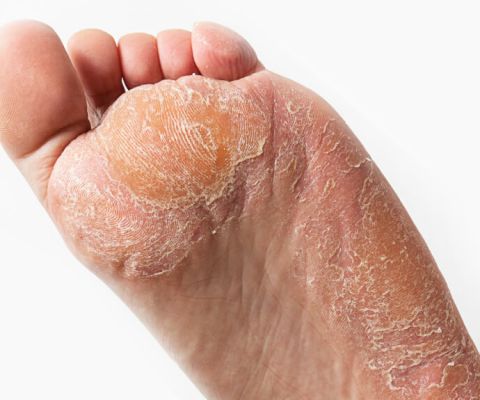Yoga for Runners & Athletes: Stretching Exercises Plus Advantages
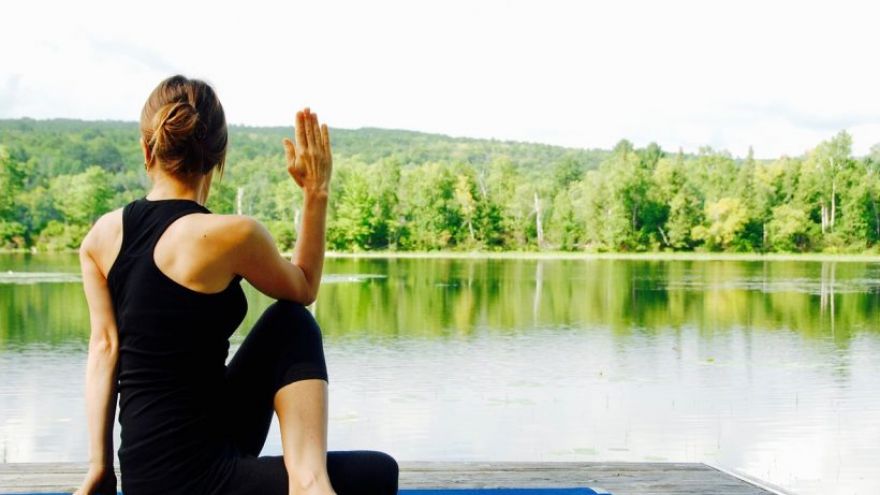 Yoga for Runners & Athletes: Stretching Exercises Plus Advantages www.walkjogrun.net
Yoga for Runners & Athletes: Stretching Exercises Plus Advantages www.walkjogrun.net How Yoga Found Its Way into the Runner’s Regime
The mission statement of the International Association of Yoga Therapists expresses their desire to establish yoga as a recognized and respected therapy throughout the world. The sport of running is so vitally important to some people that every time a method, discovery or technique for improvement is discovered it is put to the test. These discoveries are not simply passed on from runner to runner; they are tried and tested by coaches and sport scientists and of course, everyday runner’s until they go from idea to ideology.
Yoga has become a part of many runner’s routines because it enhances the physical aspects and the emotional well-being of the specific person practicing it. Additional benefits may include prevention from physical and mental ailments when practiced in a therapeutic fashion; the ultimate goal being the transformation of both the body and the mind.
The most effective type of training will be the routine that produces the best results for you. But just like any other activity, it will not happen overnight. Sore muscle, fatigue and dehydration are but a few negative side effects when it comes to running. Learning a few basic survival techniques from those who have “been around the block” so to speak, will keep you in a proactive state of mind. Enter yoga. Taking responsibility for your well-being and good health by adopting a regular yoga routine may eventually put you in a position to help other runners from suffering dire consequences due to muscle strain, cramping, poor eating habits or inadequate hydration.
The avid runner is very enthusiastic, eager and conscientious about maintaining the lifestyle best suited for an athlete of this type. Training correctly, eating the best foods and dressing intelligently will most definitely result in optimum performance and less wear and tear on the body. So, what is the best way to incorporate the recommended yoga related exercises, running tips, diet and wardrobe into your daily routine, and how do you discern what will work or, won’t work most effectively in the life you’re living now?
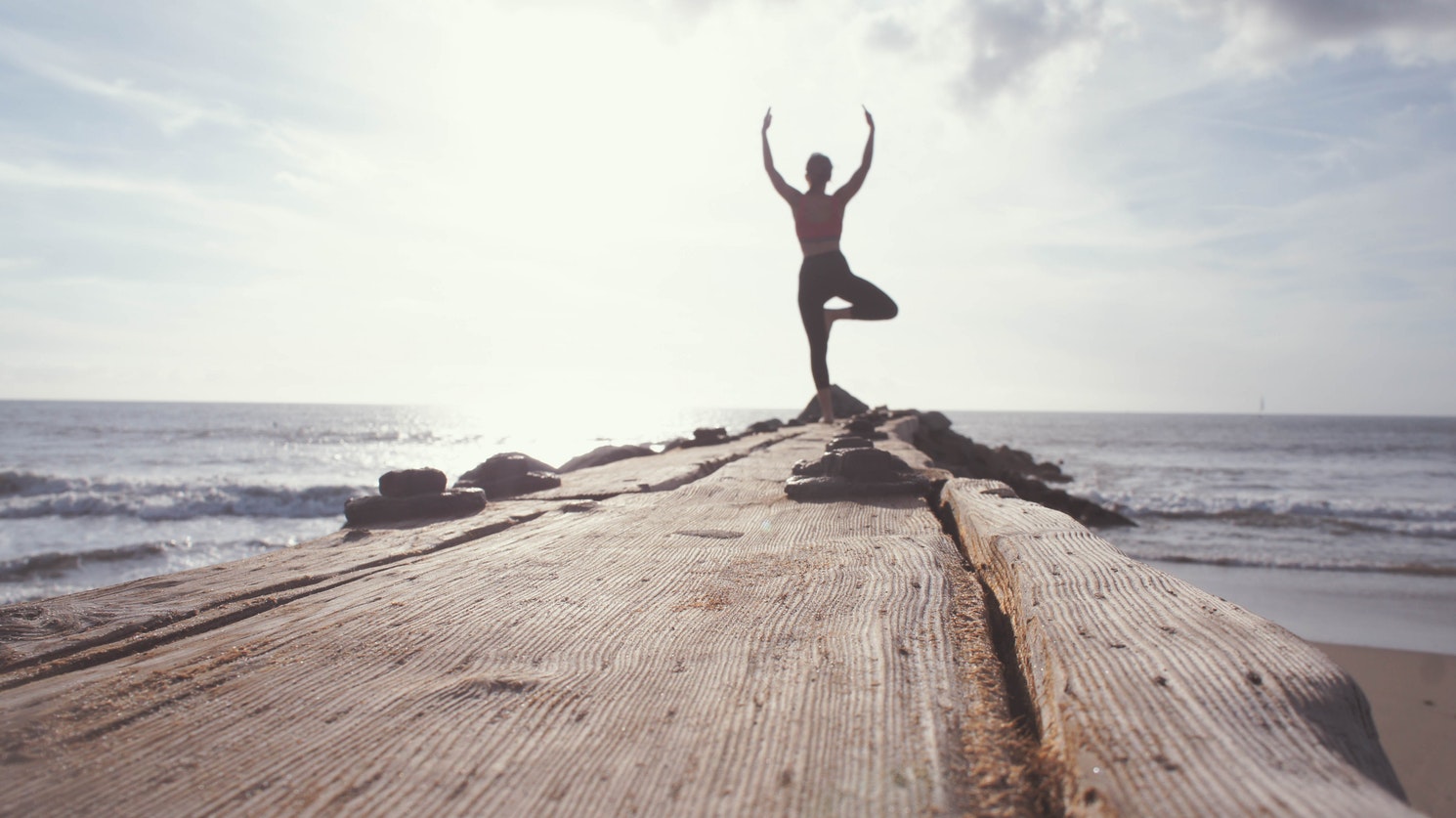
Going from Interested to Invested
Sowing the Time – Reaping the Benefits
Most athletes, regardless of sport, will tell you there’s more to playing the game than just the physical aspect. The body, mind and spirit must synergistically work together for a successful outcome. For the runner, yoga therapy will teach you how to access knowledge of yourself, enabling you to change that which you might consider dysfunctional. Regardless of the runner’s beliefs or religious affiliations, the regular practice of some yoga techniques such as breathing exercises, massage, and/or stretching will promote specific changes in muscles, vital organs and joints positively altering vital functions of your body. Joining a yoga class doesn’t have to be confusing or complicated. The following steps will help you in determining which sessions will be most beneficial for you:
Step #1: Yoga Basics
You’ll find that the fundamental principles of yoga are incorporated into almost any class you would take. Familiarize yourself with the names and positions of these basic yoga poses (asanas):
- • Sukhasana: sitting cross-legged
- • Dan asana: sitting with legs straightened
- • Virasana: sitting on your heels
- • Nurya Namaskar: sun salutations, a type of flowing movement focusing on the principles of breath and alignment.
Step #2: Yoga Fundamentals
- • Core Stability: proper core activation also known as breathing techniques (bandhas)
- • Breath integration: implementation of the breathing techniques (pranayama)
Step #3: Strength and Stretching Fundamentals
- • A series of classes designed to teach you how to understand and strengthen your core and maintain its stability using stretching techniques.
- • This technique incorporates slow, deep breathing, balancing effort and release in every movement.
Step #4: More Demanding Poses for the Next Level of Positions and Sequences
- • Once you’ve learned how to control your breathing, you will breathe deeply engaging and strengthening your deep core muscles.
- • This technique of combining core strength positions is particularly useful in stabilizing the lower back and pelvis.
Recommendations:
Realistically speaking, most physical activities can be tough on your body especially if you are new at it or just out of shape. From a runner’s perspective stretching as part of your warm up is always a good idea. Perhaps you might want to try a yoga based stretching technique before your next run. Starting a yoga class is easy, and you only need the very basics of equipment when you begin. Light, breathable clothes and a basic yoga mat such as the Yoga Accessories 1/4″ mat will make for a comfortable first experience. The option to wear yoga footwear is a completely personal one, and you can either opt to go barefoot, in socks, or with a specialty pair of shoes.
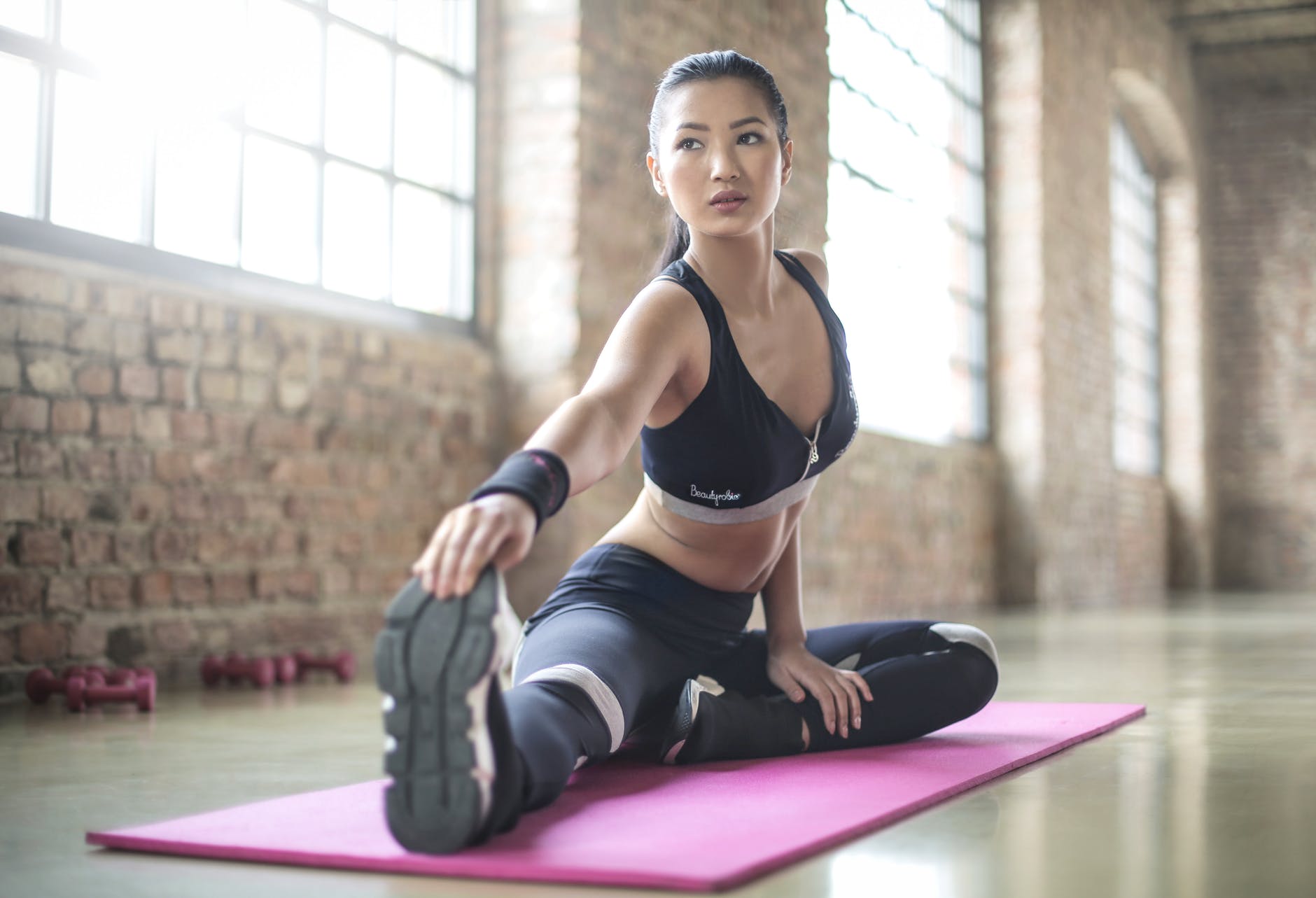
Guidelines for Runner’s with Injuries
Stages of Injuries – Benefits of Yoga Therapy
Following an injury, there are three levels of healing that the body experiences. Each level has a recommended guideline which will expedite the process of healing while reducing the chance of re-injury to that area. Listed below are the three steps (stages) of healing you should be aware of:
Step #1: The Critical or Acute Stage:
During the initial period when the injury has first occurred, rest the affected area from four to six days. Avoid strenuous movements that might aggravate the area or worsen the pain. If there is evidence of inflammation, elevate the injured area to minimize the onset of swelling and reduce any discomfort.
- • Inverted poses i.e., any positions (asanas) where the feet are lifted above the head, will help reduce swelling and inflammation by the activation of the lymphatic system, and also provides elevation to the lower body for injuries that occur in that area.
- • Ice and a compression wrap with an ace bandage to the injured area during the acute stage (first 2-3 days) post injury is also recommended. This will help relieve pain and inflammation while expediting your healing.
- • As the swelling subsides (after the first 48 to 72 hours), very slow and gentle movements can be performed.
- • Stretching painful or injured muscles is not recommended. Healing may not occur as rapidly and may even be halted with re-injury to the site.
Step #2: The Subacute Stage
Following the acute stage is the subacute stage lasting from one to three weeks. The injured area will be very sensitive and fragile and extremely susceptible to re-injury.
- • The first step of rehabilitation using yoga therapy is to focus on your breathing along with any sensations produced by the slow stretching technique discussed above. Avoid stretching to the point where it’s painful.
- • Next, you’ll begin the process of returning strength to the injured muscles. This routine, also known as warming up, consists of slow and gentle movements lightly applied. As you warm up, you may increase the number of repetitions and gradually apply weight-bearing movements.
Step #3: The Chronic Stage
The chronic state of an injury means it might take up to a year and a half for total healing to occur. Awareness is crucial during this time as it might appear or feel like it is healed but remains susceptible to further injury and/or chronic inflammation.
- • The worst offender at this level of healing is a result of applying excessive force or pressure to the injured area.
- • Constant care and awareness during this stage is vital. It is during this time the practice of yoga should only be used in combination with conventional medical treatment-not as a replacement.
Recommendations:
Following these guidelines will allow you to continue your yoga practice while your injury is healing. Always seek medical treatment for pain, swelling and inflammation lasting for more than three days. There are certain items you can add in to your yoga bag that may also help to reduce pain and make your practice more comfortable. A plush cotton blanket, or yoga brand blanket can help make sitting or kneeling more enjoyable, as it will add extra protection and padding between you and the floor. Yoga blocks, like the EVA Foam ones made by Reehut, will give you added stability and can help you get better alignment. You may also want to consider purchasing a strap to help you stretch with a bit more ease. Straps come in varying lengths and sizes, and a company called FitLifestyleCo makes a wide selection that is worth checking out.
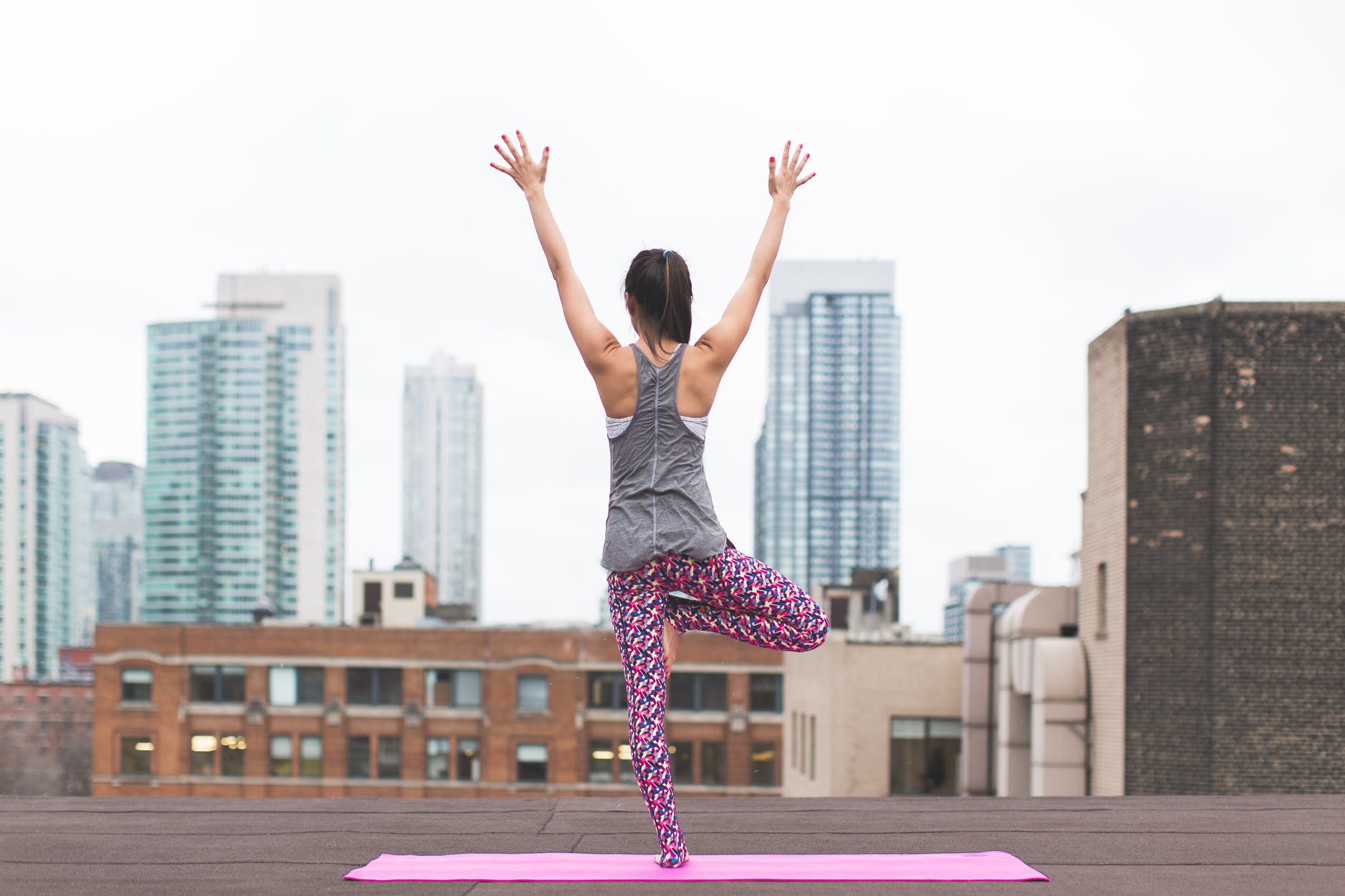
Why is Yoga Recommended for Runners?
How Yoga Actually Benefits the Runner’s Overall Performance
As a runner, you probably have certain goals and aspirations in mind. You may be entertaining the dream of running a full marathon or making it around the track at your local high school. Depending on your age, physical condition and general health, the most effective method of training will be shorter, less intense versions of the event you have in mind. However, at some point, every goal-oriented activity you partake of will require specific training techniques at the goal pace for that event. That being said, remember to be realistic. Here are a few steps to help keep you grounded:
Step #1: Training is a process
The idea behind training is to slowly and progressively improve your skills and stamina without injury to your body. This is exactly the reason yoga is beneficial for the running athlete. A yoga session is especially helpful as it is designed to focus on breath control while targeting the runner’s key muscle groups:
- • Key yoga muscle targets are hamstrings, calves and hip flexors (also known as the inner hip muscles or iliopsoas which include the psoas major, Iliacus muscle, and rectus femoris).
- • Adductors are located in the upper thigh. They pull the legs together when contracted. They work with other muscles to stabilize the hip joint and attach from the pelvis to the femur commonly called groin muscles. The groin muscles include the adductor longus, adductor magnus, adductor brevis, pectineus, and gracilis.
- • Abductors include the gluteus medius muscle and the gluteus minimus. The abductors are the muscles that allow the legs to move away from the middle of the body when contracted. They also aid in rotation of the thigh in the hip socket and in stabilizing the hip joint. The abductors attach from the pelvis to the thigh bone (femur).
Step #2: Run Your Race at Your Own Pace
Long distance running can be injurious to the body even for the most seasoned professional. Patience and endurance finishes the race with a healthy body, mind and spirit. Here are a few helpful steps to remind you how important it is to pace yourself:
- • Training for long race demands that you keep your initial distances shorter in the beginning.
- • Recovery time is often equal to running time.
- • Interval training is recommended: shorter run segments with rest breaks when needed.
Recommendations:
The runner’s goal is not only focused on distances but on the overall health and agility of their bodies. Yoga will improve your mobility, flexibility and range of motion while keeping your muscles relaxed and supple. Your lymphatic system and increased circulation is activated by engaging in yoga. Use these benefits to maintain good physical endurance or to support healing in the event of an injury. If any yoga position causes pain, numbness or tingling at any time stop instantly.
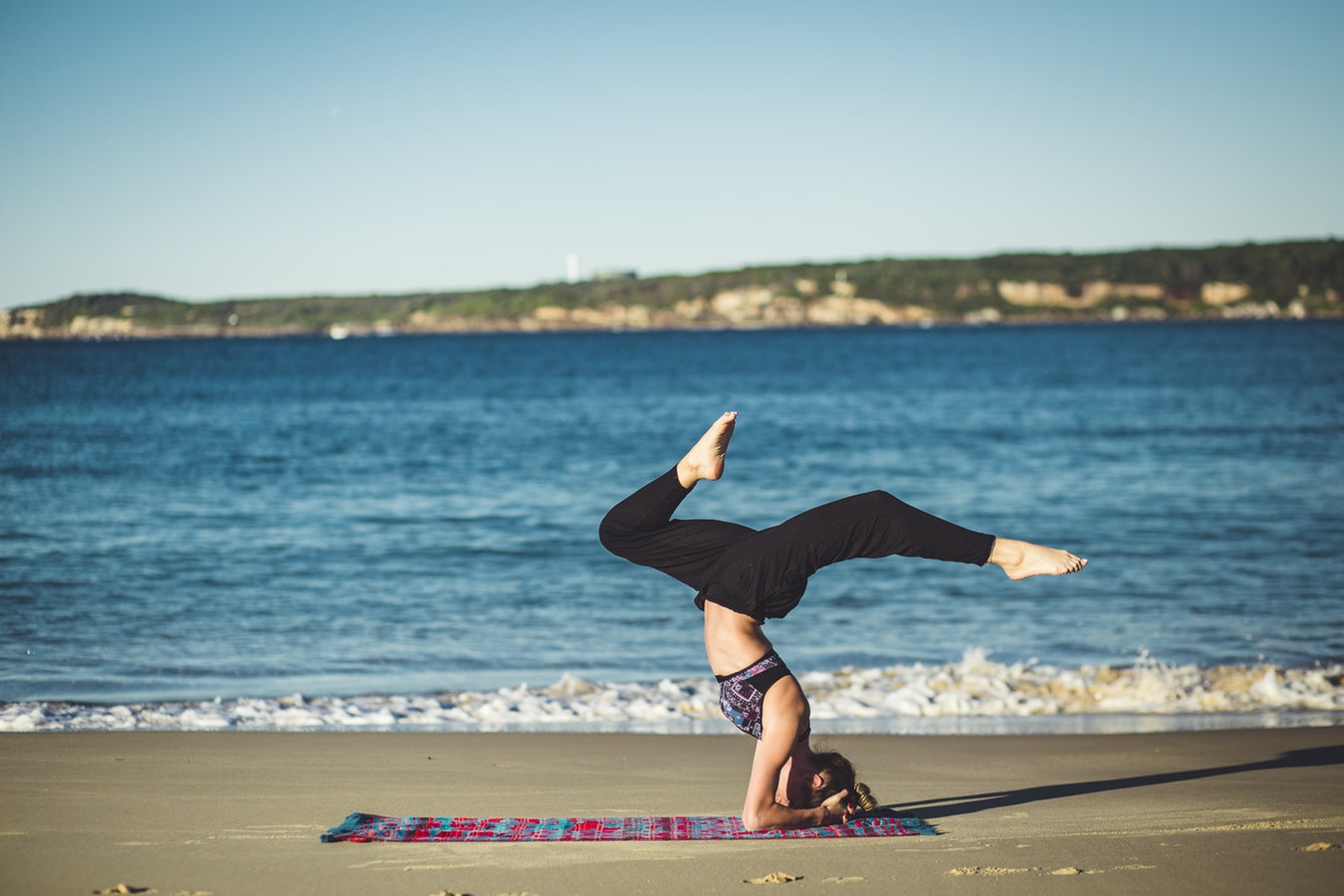
Is Yoga Recommended for All Runners?
Not Everyone Agrees – Let’s Find Out Why
How wonderful it is that we can eagerly explore and truthfully report on topics as timeless as yoga. When we really dig in and do the research we are bound to come up with two sides to every story. Here we find some facts that apply to all runner’s so, take a moment and consider the pros and cons when considering yoga as part of your life.
Step #1: What type of runner are you
There are some runner’s who agree that yoga should not be adopted by long distance runners or those engaged in speed training. Their concerns are as follows:
- • One’s “running economy” is comprised of the amount of energy used in propelling the legs and bodies in a forward motion during a certain distance.
- • While running, tendons, ligaments and muscles are constantly flexed and extended. From the moment the foot touches the ground all these units fill with energy and release it to create the running motion.
- • Imagine a rubber band-you stretch it, let go, and it immediately snaps back. The tighter the band the faster the snap meaning less energy is expended.
- • Tight muscles react the same way. The tighter they are, the quicker they snap back, using less energy resulting in a longer, faster run.
Step #2: Determine How Yoga Affects Your Running Style
- • Be conscious of the fact that yoga stretches the muscles, tendons and ligaments in the legs over and over again.
- • Are you having to use more energy as you become more flexible? Are your legs snapping back quickly after hitting the ground?
Recommendations:
Really examine your running style and your current training habits. While yoga may not be recommended for all runners, the science of the “runner’s economy” does apply to all. You just have to determine whether this is something that concerns you, or not. The benefits of yoga are still desirable if you’re running other than very long distances or speed courses.
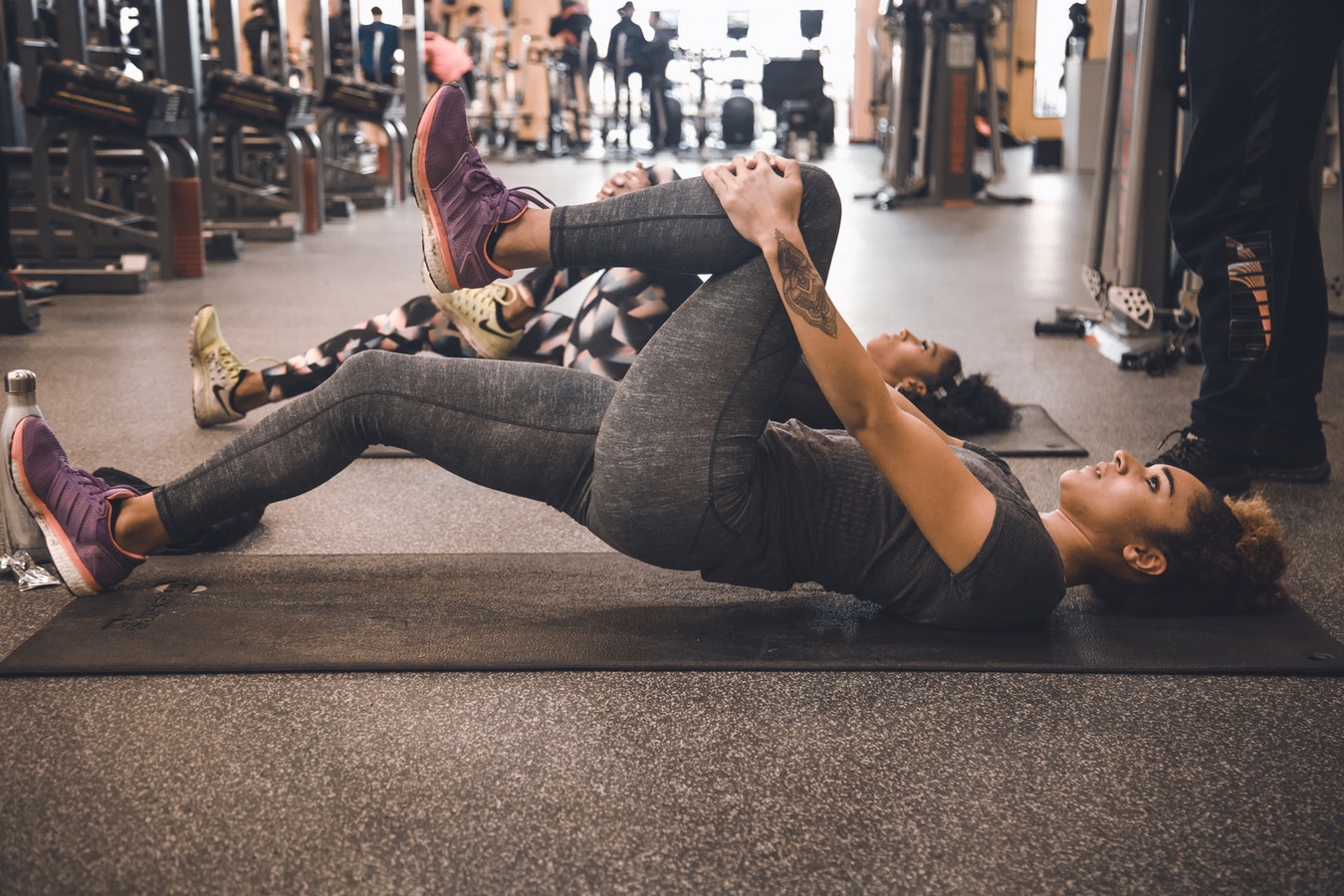
You Know Something’s Wrong, But You Don’t Know What It Is
Unlike other illnesses or injuries, when a runner is experiencing a biomechanical imbalance usually the only symptom is pain. This condition is caused by overusing certain muscles while underusing others resulting in muscular imbalance. This condition effects the entire musculoskeletal system and creates biomechanical inefficiency. For runners a biomechanical imbalance could lead to extreme pain and serious injury. The following steps will list suggestions on how to maintain balance and which muscles to focus on when you’re stretching.
Step #1: Know Your Anatomy
- • For runners, the hamstrings almost always need lengthening. To maintain balance and functionality in the hamstrings, the quads need to contract which are usually in need of strength. By concentrating on both, the runner will create equilibrium in the muscle resulting in a deep and balanced hamstring stretch.
- • Yoga poses require opposing muscle groups to be in balance. Certain muscles will stretch while others contract. This action creates a natural balance resulting in stronger and more flexible muscles.
- • The end result of your yoga session will result in more stability. Every position is an amazing demonstration of the entire body working together continually guarding the runner against injury.
Step #2: The Importance of Balance
- • Yoga requires nearly every muscle in the body to perform. This will require the joints to do their part as they’re taken through a full range of motion.
- • A complete yoga workout will even include the smaller muscles in the fingers and toes, the larger muscles in the torso and legs, and the muscles that are not visible to the naked eye.
- • In addition to working the muscle groups, the yoga workout will exercise the cardiovascular, skeletal, respiratory and endocrine (hormone) systems. Every internal organ will benefit from the oxygen generated by yogic breathing and the physical movement through the poses.
Step #3: Receiving Your Benefits
- • As your body receives more oxygenated blood, energy is restored.
- • The stress on the body and mind from running is relieved when the body is allowed to recover.
- • Increased lung capacity and endurance are most welcome benefits for runners; a result of the even breathing techniques used in yoga. Yogic breathing techniques instruct the participant to take slow, deep breaths and long exhalations, exercising all three sections of the lung.
Recommendations:
The running athlete is usually concerned with musculature and function from the hips down. Yoga reminds us how important it is that our whole-body work together in a balanced way. Yoga will turn a person’s body weight into the resistance it needs to create strength and a healthier body.
Conclusion:
The avid runner is an enthusiastic, pumped-and-ready-to-go person with a passion to run and keep on running. It is their devotion to this sport that reaches far beyond the physical demands, tapping into the mind and spirit. Entering into the realm of yoga will give you a sense of self unlike any other. As a runner, awareness of every finger and toe comes into play along with the breath control it takes to run your race. Your muscles work in harmony with your mind allowing energy to flow freely throughout your entire body.
Be wise in choosing your yoga instructor; ask about experience and certification and of course remember to inquire about the positive effects for conditions you make be suffering from right now. These will include lowering blood pressure, better posture, increased lung capacity, arthritis and stress relief, increased range of motion resulting in more flexibility and back pain relief. OK everybody, ready? And…STRETCH!
Sources
- , Moving Towards the Midline , blog
- , Practicing Yoga with Common Injuries , blog
- ,
- , The 25 Golden Rules of Running, blog







